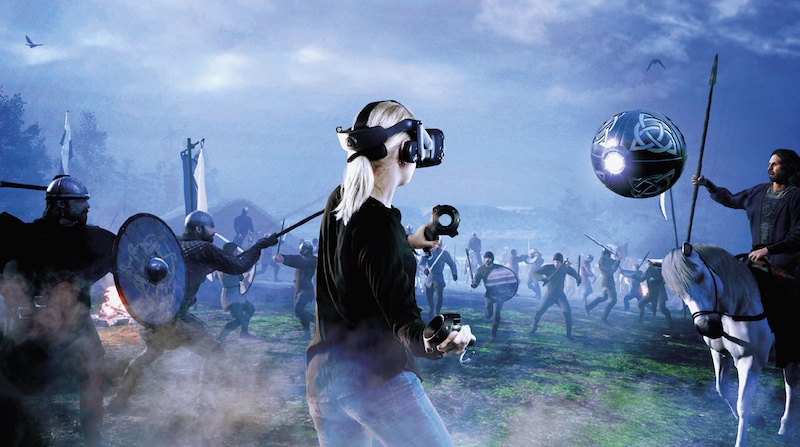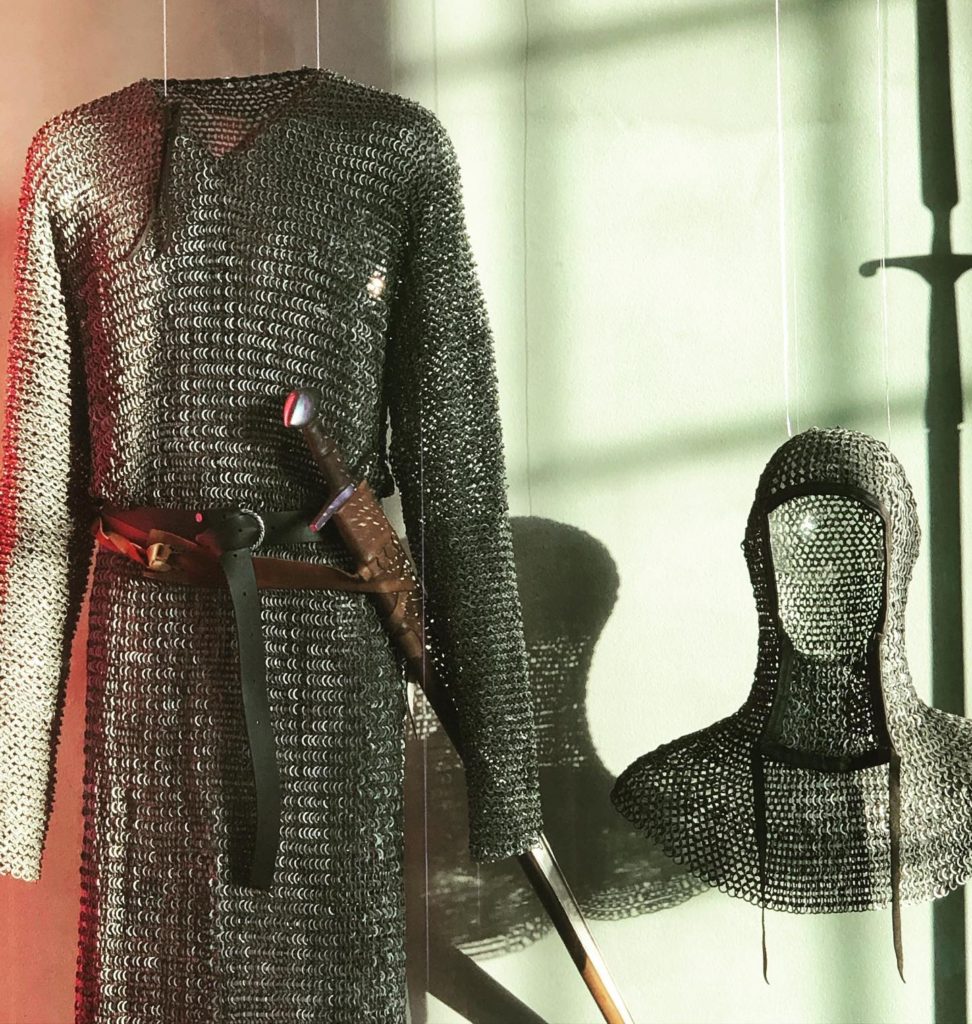Free and exclusive discount codes for hundreds of tours and & travel services in Iceland
Subscribe to instantly receive discount codes for tours, car rental, camper van rental, and outdoor clothing rental. Thank you! ❤️ Jon Heidar, Editor of Stuck in Iceland Travel MagazineIceland is one of the world’s safest destinations for travelers. Things were more ‘exciting’ in the middle ages. The ninth-century (or earlier) settlement seems to have been mostly peaceful. Weapons have been found in grave sites from the settlement era, and the sagas tell of feuding and fighting. However were many petty chieftains, and their fiefdoms were small. Going Viking or fighting with your next-door neighbor was a sport for the rich, the 1% of the Settlement era. That is, at least, what the Icelandic Sagas tell us. Political power consolidated in a few large chiefdoms in the 11th and 12th centuries. Chieftains fought each other like rats in a sack until exhausted or dead. While fighting their civil war, the chieftains also found time for mistresses, family intrigues, and consolidating their land holdings with every dirty trick imaginable. Regular people were, of course, swept up in the carnage. To learn about this blood-stained history, visit my partners at 1238: The Battle of Iceland exhibition. Subscribe to my newsletter for a discount promo code that saves you 10% on the entrance fee when you book online.
Immerse yourself in a VR exhibition of the Icelandic civil war
With the virtual exhibition called ‘1238: The Battle of Iceland‘ in Sauðárkrókur in the northwest of Iceland this summer, you can immerse yourself in the Icelandic civil war. In this article, I interview Freyja Rut Emilsdottir, who is the manager of the exhibition. But first, the basics of the Icelandic civil war.
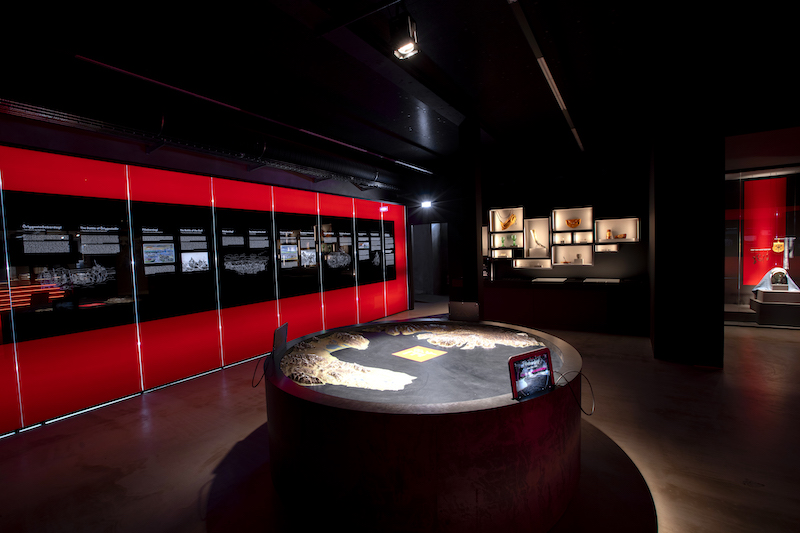
Iceland descends into anarchy and civil war.
During the 12th and early 13th centuries, power gravitated to a few clans which came to rule large parts of the country. From about 1220 – 1262, the clans and their leaders fought for land, prestige, and wealth for nearly forty years—the rich and powerful dominated Althingi, which was strictly a legislature and a judiciary. There was no executive power in the form of a king, only power-hungry chieftains and the farmers they ruled.
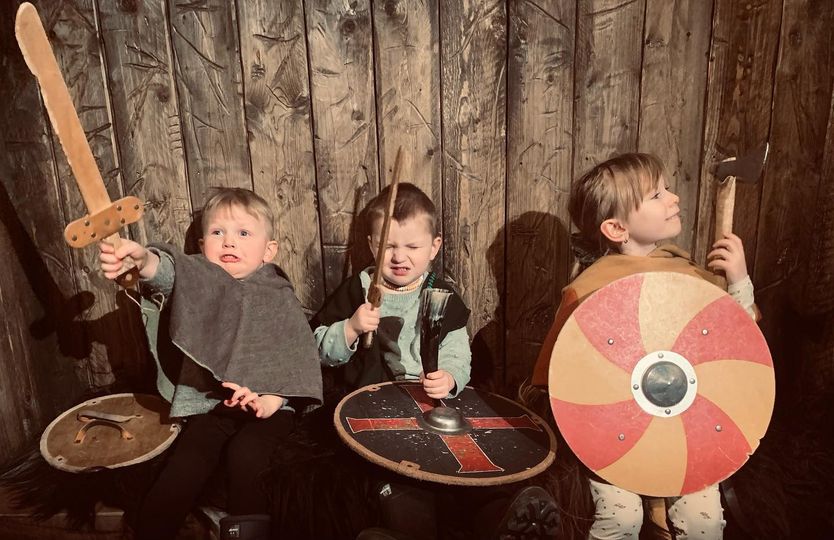
Christians not loving their neighbors.
And if you think that these were pagan chieftains fighting in the name of Odin and Thor, think again. Iceland was a devoutly catholic Christian country in the 12th and 13th centuries. In 1208 an Icelandic chieftain, Kolbeinn Tumason, composed a famous psalm, ‘Heyr Himna Smiður,’ just before he and his crew went after the renegade bishop Guðmundur Arason. Guðmundur gave a lot of food and other help to the poor. This made him annoying in the eyes of the chieftains. God summoned Kolbeinn to heaven almost immediately after hearing it; the almighty guided a large rock to his skull. This happened in a battle against the bishop and his men. True story.
Video – the lovely Eivör Pálsdóttir sings Heyr Himna Smiður – in Icelandic ‘Hear Smith of the Heavens’
The clans fighting it out
The clans have Icelandic names, of course; the main ones were Haukdælir and Oddaverjar in the south of Iceland, Ásbirningar in the northwest, Vatnsfirðingar in the Westfjords, Svínfellingar in the East of Iceland and the Sturlungar in the west. The civil war between these clans is named after the Sturlungar, so we call it the Sturlungaöld, or the age of the Sturlungs.
Farmers get tired of fighting the Icelandic civil war.
Clan leaders fell under the sway of the Norwegian kings, who were keen to add Iceland to their domain. After all, Iceland’s population was one-third of Norway back then. Kings always want more tax revenues, and Iceland was easy pickings! After the Icelandic chieftains had exhausted themselves, the people seemed to have had enough. In 1262 the Icelanders ‘bent the knee’ in Game of Thrones parlance to the Norwegian king. He would ensure peace, and a minimum number of ships would sail to Iceland yearly. Peace and trade trumped war and anarchy. Iceland became peaceful, and to this day, we have no military, Only a plucky coast guard!
The battles of the Sturlungaöld
There were three main battles in the Age of the Sturlungs. They all took place in the northwest of Iceland. In 1238 there was the battle of Örlygsstaðir in Skagafjörður, from which the exhibition in Sauðárkrókur takes its name. In 1244 there was a significant sea battle in the Bay of Húnaflói. This is the original ‘Gulf War,’ of course. In 1246, the biggest match of them all took place. This was the battle of Haugsness in Skagafjörður. Some 1100 men fought there, and about 100 died.
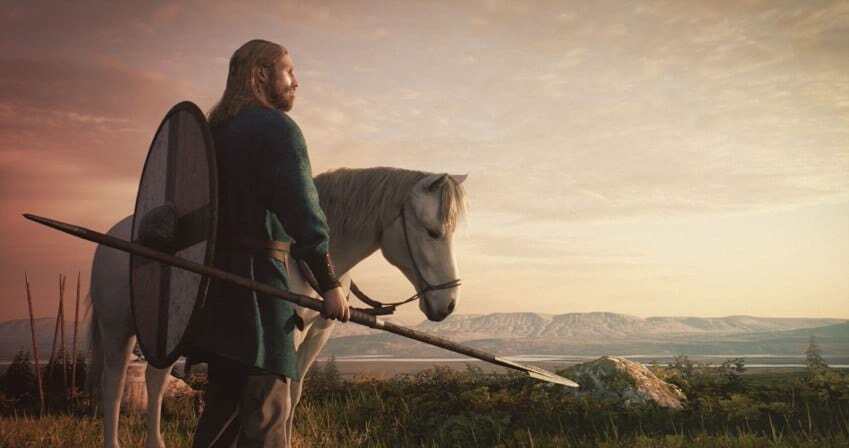
Icelandic warfare in the middle ages
The primary weapon in these battles was rocks. Yes, the opposite sides would form and throw rocks at each other. In addition, medieval weapons such as axes, spears, swords (if you were rich), and various farm tools were used to kill the other side. Not very nice to be in the thick of it. There were many other small-scale fights, and farms were sometimes burnt down. A famous instance of that is the burning of the farm at Flugumýri (1253) during a wedding in, you guessed it, Skagafjörður.
Hello Freyja Rut, and thank you for taking time out of your busy schedule for this interview. Can you tell me what inspired you and your partners to set up this exhibition?

Skagafjörður is a historical region and the scene for the dramatic and devastating battles of the Sturlunga era in the 1200s. In recent years a lot has been done to recall those dramatic conflicts. When creating an attraction for the town of Sauðárkrókur, it felt natural to look to history and build upon what had already been done. New possibilities in immersive virtual reality add extra depth to the experience.
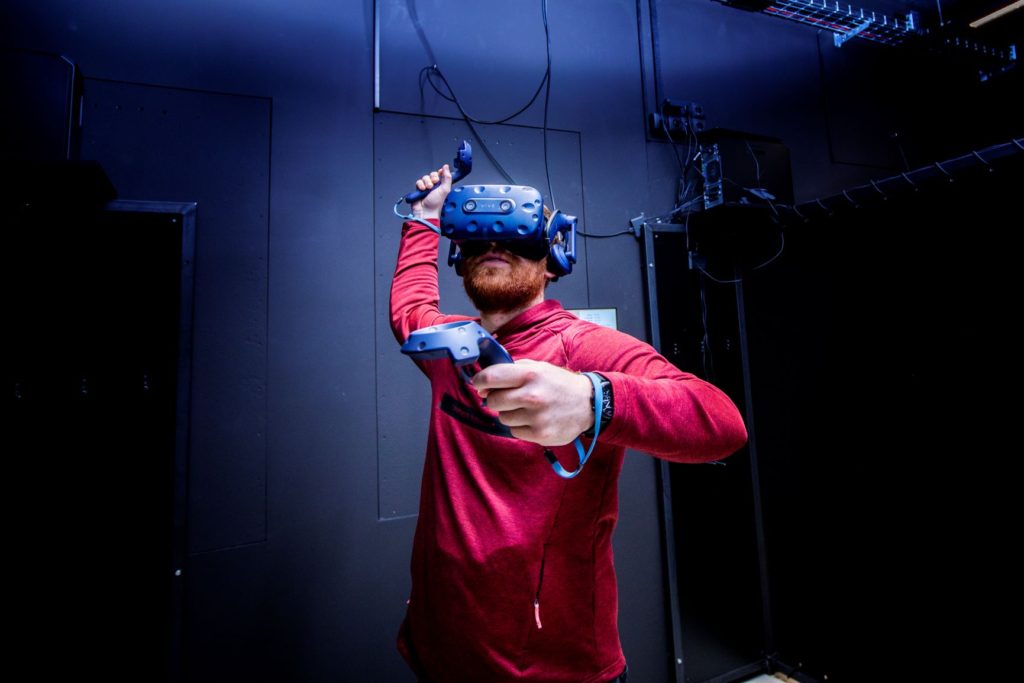
Can you describe the experience?
We often say this exhibition goes beyond the regular history museum. Virtual reality enables guests to participate in history. Guests go 800 years in time, experience standing on the battlefield at Örlygsstaðir and fighting next to the chieftain Sturla Sighvatsson. The exhibition also gives an overview of other significant battles. Interactive installations are woven into the presentation. Grána Bistro and a local souvenir shop are located on the ground floor. Sauðárkrókur and the Skagafjörður region in the northwest of Iceland are just beautiful.
What are your favorite places or activities in the northwest of Iceland?

I like going to the swimming pools, no matter the weather. In Sauðárkrókur and Skagafjörður, we have many walking trails for both trained and untrained hikers. Skagafjörður is known for various activities. These include horseback riding, river rafting, and sailing to Drangey Island.

Drangey, Hólar, and Austurdalur Valley are my favorite places. The sunset seen from Borgarsandur in Sauðárkrókur is breathtakingly beautiful.
What advice would you give those visiting Iceland for the first time?
I recommend detaching the ring road and taking the road less traveled. Don’t miss out on lamb soup, kjötsúpa, and enjoy yourself in one of many natural pools.


